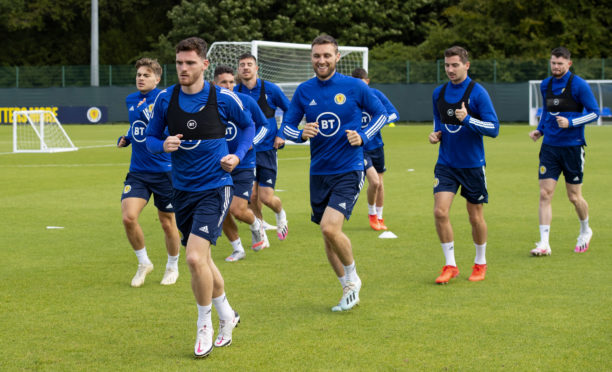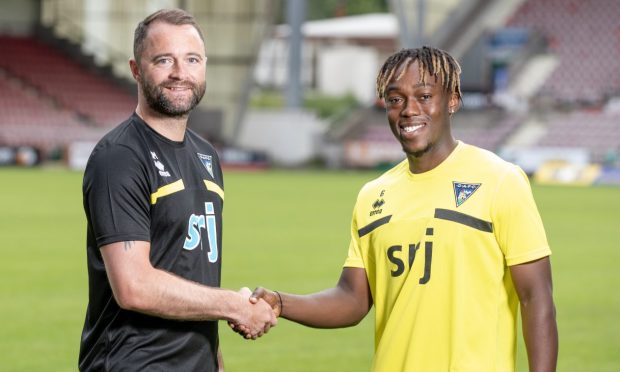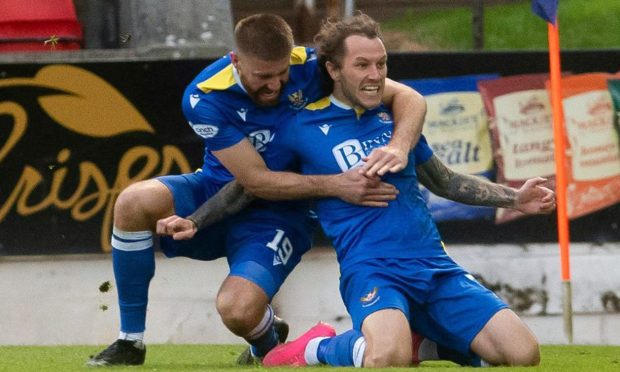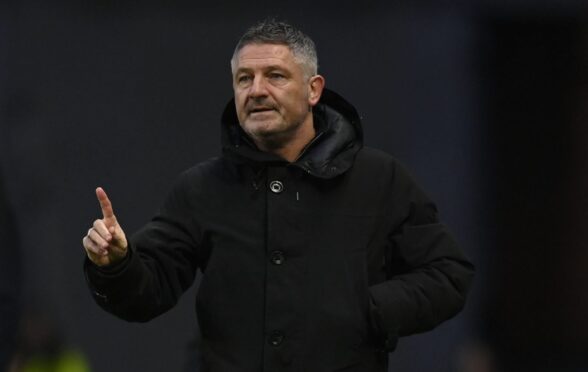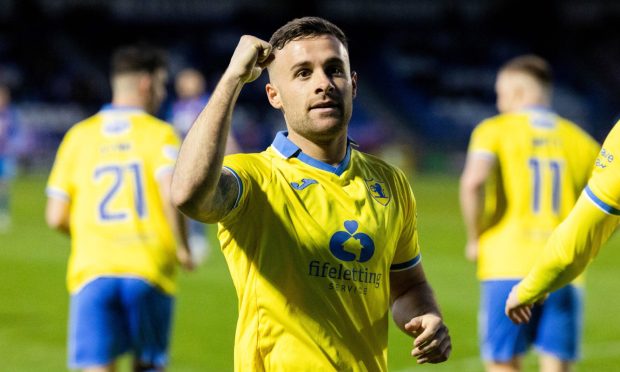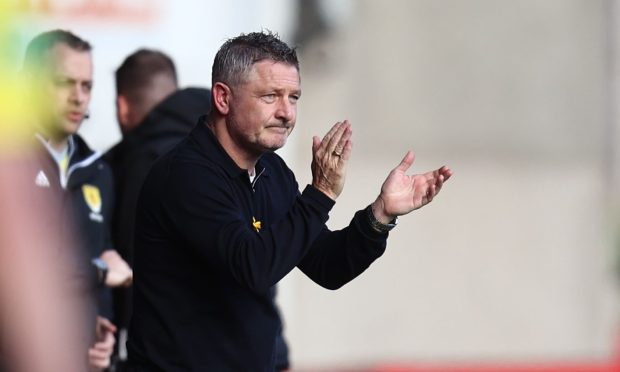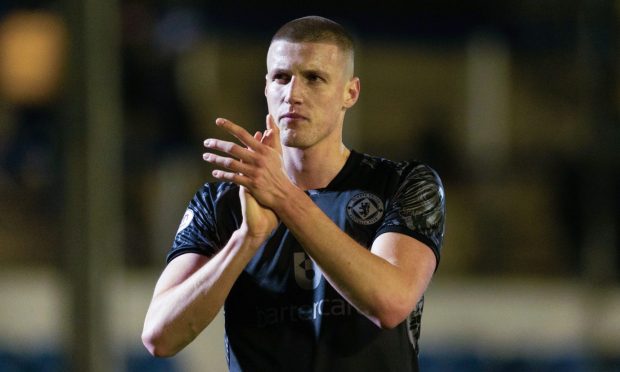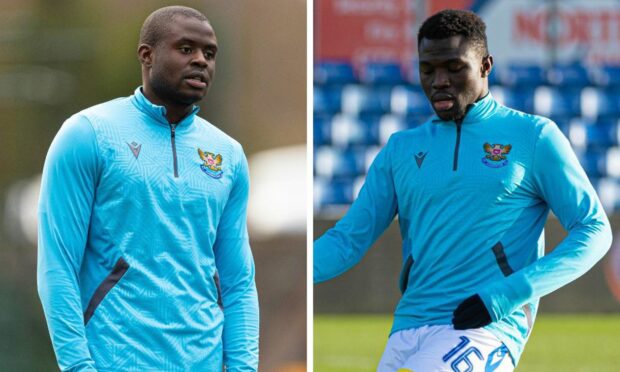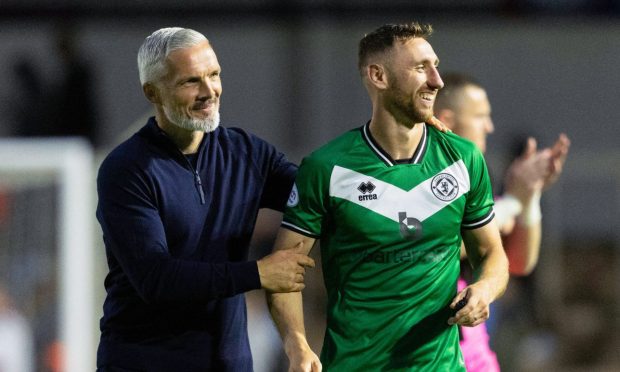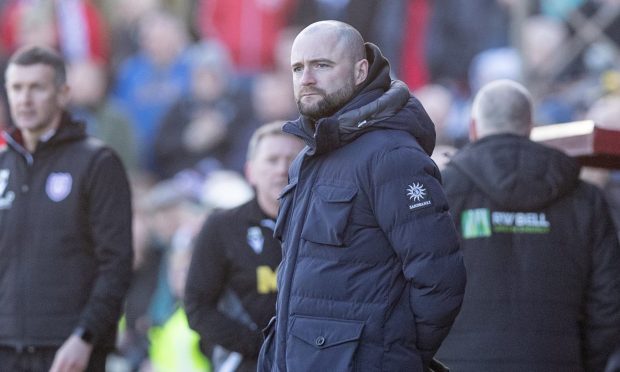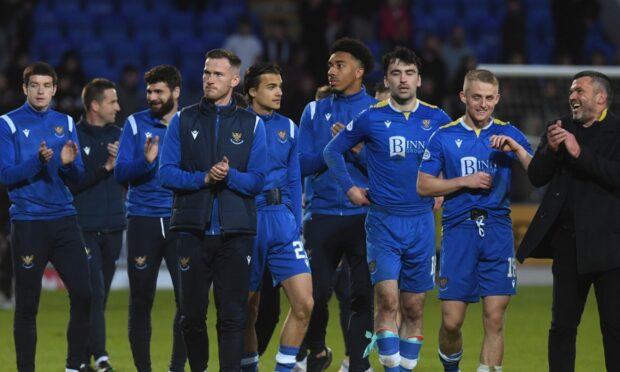Scotland face Israel at Hampden in their Nations League opener tomorrow night.
The national team take on the Czech Republic at the Andruv Stadion in Olomouc three days later as their campaign continues, before another clash with Israel in the Euro 2020 play-off semi-final next month.
How will Steve Clarke’s side – missing the likes of Ryan Fraser, Oli McBurnie and Lawrence Shankland – line up in their first game for over nine months?
Courier Sport’s writers reveal who they would pick in the starting XI.
Ian Roache
4-2-3-1: David Marshall, Kieran Tierney, Declan Gallagher, Scott McKenna, Andy Robertson, Scott McTominay, Callum McGregor, Ryan Christie, John McGinn, James Forrest, Callum Paterson.
The most controversial choice, I suppose, is Paterson up front instead of Lyndon Dykes.
As someone who attended Scotland games when Kenny Dalglish and Joe Jordan played, it is painful to see the paucity of attacking talent available but it is what it is.
Dykes is the shiny, new thing, while Paterson is dismissed by many as not even a proper striker.
He also hasn’t scored for his country in a dozen appearances but is extremely good in the air and would be expected to have a plentiful supply of crosses.
The Scots may be tempted into a three at the back that would include Arsenal’s man-of-the-moment Tierney but boss Steve Clarke will likely start with a four that would see Tierney at right-back and skipper Andy Robertson on the left.
The team’s golden area is in midfield and I would expect Celtic pair Christie and Forrest to make it a three in attack at every opportunity.
Calum Woodger
3-5-1-1: David Marshall, Declan Gallagher, Liam Cooper, Kieran Tierney, Callum Paterson, John McGinn, Scott McTominay, Callum McGregor, Andy Robertson, Ryan Christie, Lyndon Dykes.
Avoiding leaving people out for Scotland is difficult without fielding a team of three left-backs and eight central-midfielders.
It’s been a 22-year old quandary for many a manager since we last made a major finals appearance – how do you get the best out of what we’ve got?
No doubt some of our best players – notably Stuart Armstrong and James Forrest – miss out in this system but I feel it’s the formation and personnel which causes least disruption.
Kieran Tierney or Andy Robertson? We must use both. Tierney has proven adept as a left-sided centre-back while playing Robertson higher up the pitch in a midfield five will hopefully see him bring his Liverpool form to the national team.
With a lack of options up top, natural No 9 Lyndon Dykes gets the nod with Celtic’s Ryan Christie offering support.
Callum Paterson is, perhaps, a surprise inclusion but the versatile Cardiff man is used to playing on the right flank, will join attacks and, crucially, isn’t scared to track back and defend.
Sean Hamilton
4-1-4-1: David Marshall, Kieran Tierney, Liam Cooper, Scott McKenna, Andy Robertson, Scott McTominay, Ryan Christie, John McGinn, Stuart Armstrong, James Forrest, Lyndon Dykes.
Let’s address the elephant in the room first – my entire back four is left-sided.
I can already see the headlines after it all goes wrong: “MY LEFT FOOT – Hamilton not in right mind as Scotland crash”. It’s got the potential to be my 4-6-0 moment.
But listen, there’s method to this madness…
Scotland needs both Kieran Tierney and Andy Robertson in the team tonight. There’s no debate.
This gives us a way to do that, while Liam Cooper will be comfortable at right centre-half, given that’s where he played the majority of last season with Leeds United.
And Leeds manager Marcelo Bielsa has inspired the formation – the robust yet positive 4-1-4-1 that converts quickly to a 3-3-1-3 when Scotland win the ball.
When in attack, Tierney, Robertson, Armstrong, Christie and Forrest will all have licence to bomb forward in support of Dykes – and they are players who WILL win games.
Eric Nicolson
4-3-3: David Marshall, Liam Palmer, Liam Cooper, Kieran Tierney, Andy Robertson, John McGinn, Ryan Jack, Callum McGregor, James Forrest, Lyndon Dykes, Stuart Armstrong.
If this was the start of a new cycle of fixtures, I’d be tempted to experiment with a back three tomorrow night.
But the strange mish-mash of Nations League games and the Euro play-offs means Steve Clarke can’t afford to gamble with his formation.
He has to stick with a 4-3-3 in the short-term.
Clarke has to find a way of getting Kieran Tierney into the team and I think centre-back is the most sensible option. Liam Cooper is the best of the rest to partner him.
Ryan Christie is the unlucky man to miss out further forward but Stuart Armstrong is a stronger candidate.
